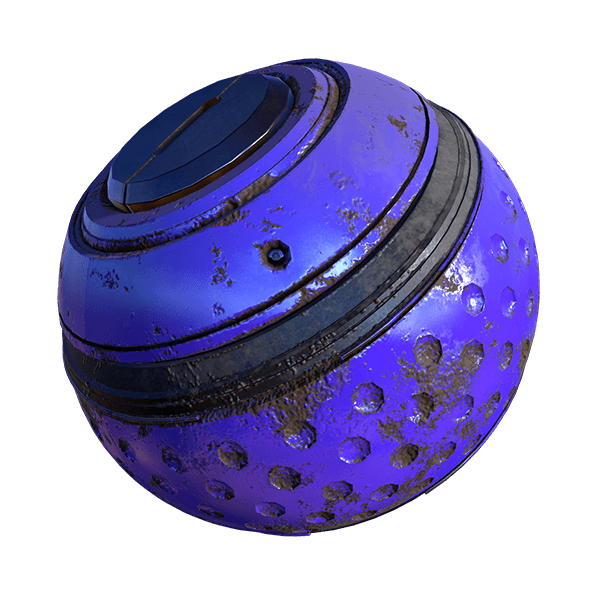Description
Maya Viewport 2.0 PBR Shader
If your project uses a physically based material workflow (Substance Painter / Quixel Mixer) you will greatly benefit by using this shader to enhance Maya`s native rendering abilities.
It`s a “principled” BRDF
Based on Unreal`s shading model which in turn is based on Disney`s, it follows a set of simple principles:
- Intuitive rather than physical parameters should be used.
- There should be as few parameters as possible
- Parameters should be zero to one over their plausible range.
- Parameters should be allowed to be pushed beyond their plausible range where it makes sense.
- All combinations of parameters should be as robust and plausible as possible.
Inputs and Switches
- Linear space lighting (Switch) – Perform gamma correction.
- Tone Mapping Function (Dropbox) – Change tonemapping ( None, Uncharted, Aces, Filmic )
- Shadows (Switch) – Enable / Disable Shadows Map
- Shadow Strenght (Slider) – Control the shadow amount
- Shadow Bias (Slider) – Pushes the shadows into the surfaces
- Inverse Square lighting (Switch) – The light falloff function
- Double Sided Lighting (Switch) – Enable normals on both sides
- Base Color (Value and Texture2D)
- Metallic (Value and Texture2D)
- Specular (Value and Texture2D)
- Roughness (Value and Texture2D)
- Normal (Value and Texture2D)
- Ambient Occlusion (Value and Texture2D)
- Extra switches for choosing between flat values or textures
Lighting
Values and Texture Maps

-
Specular model
This shader uses the Cook-Torrance BRDF model ( Microfacet specular = D*G*F / (4*NoL*NoV) = D*Vis*F ). For these examples we used a gamma correction of 2.2. Note: Your results or comparisons might vary depending on gamma-correction / tone mapping or any other modifications that might occur.

Breakdown
Normal distribution function – GGX / Trowbridge-Reitz – “Walter et al. 2007, “Microfacet models for refraction through rough surfaces”

Geometric shadowing function – Appoximation of joint Smith term for GGX “Heitz 2014, “Understanding the Masking-Shadowing Function in Microfacet-Based BRDFs”

Fresnel function – Schlick 1994, “An Inexpensive BRDF Model for Physically-Based Rendering”

To better match visually the shader in unreal we also added an extra rim/fresnel function:

-
Diffuse model
Diffuse function Burley 2012, “Physically-Based Shading at Disney”

-
Environment lighting
Pre-calculated environment maps for different roughness values, stored in the mip-map levels of a cubemap. This is the typical approach used by much of the game industry. You can bake your own environment maps in the compatible .dds format using a tool like IBLBaker (free).

